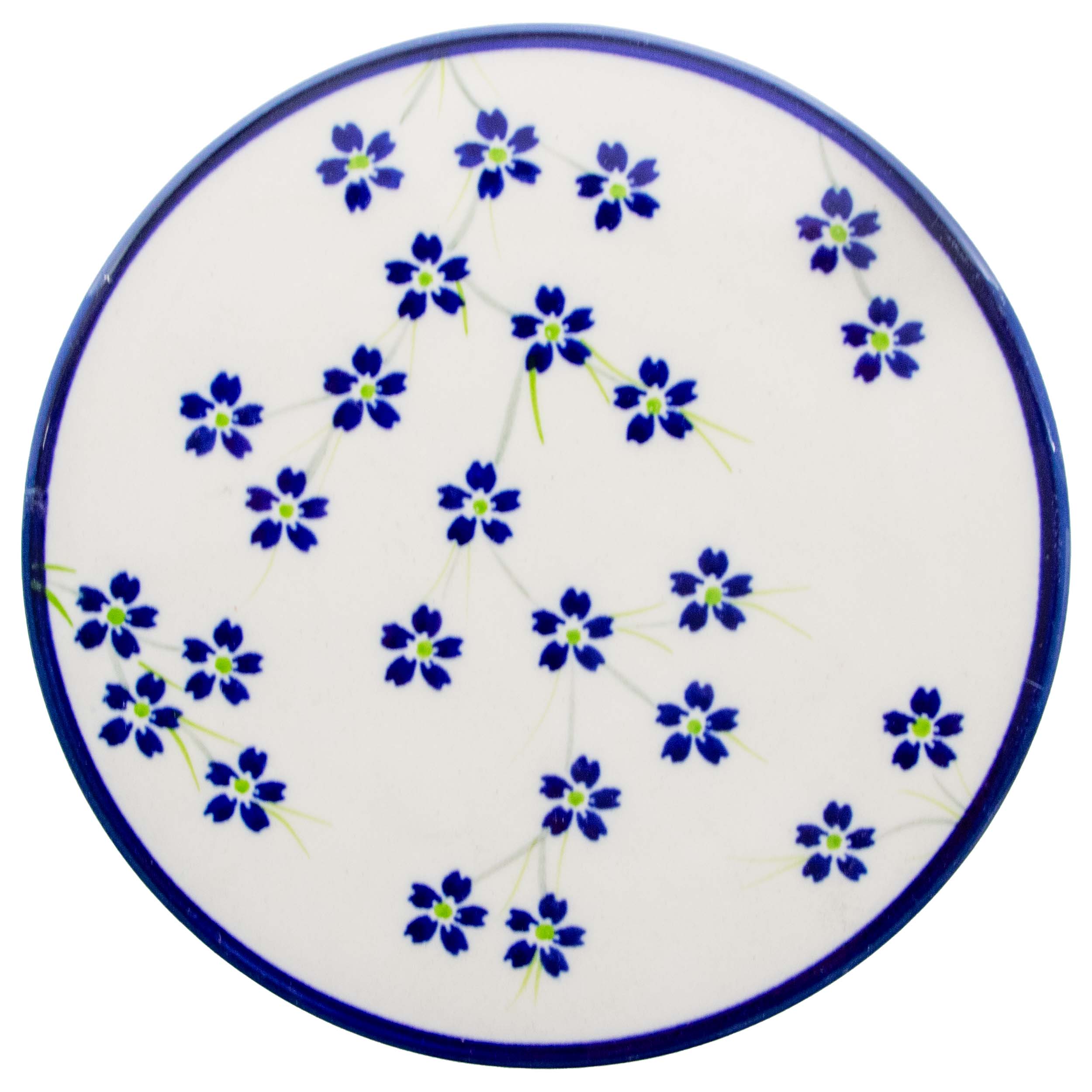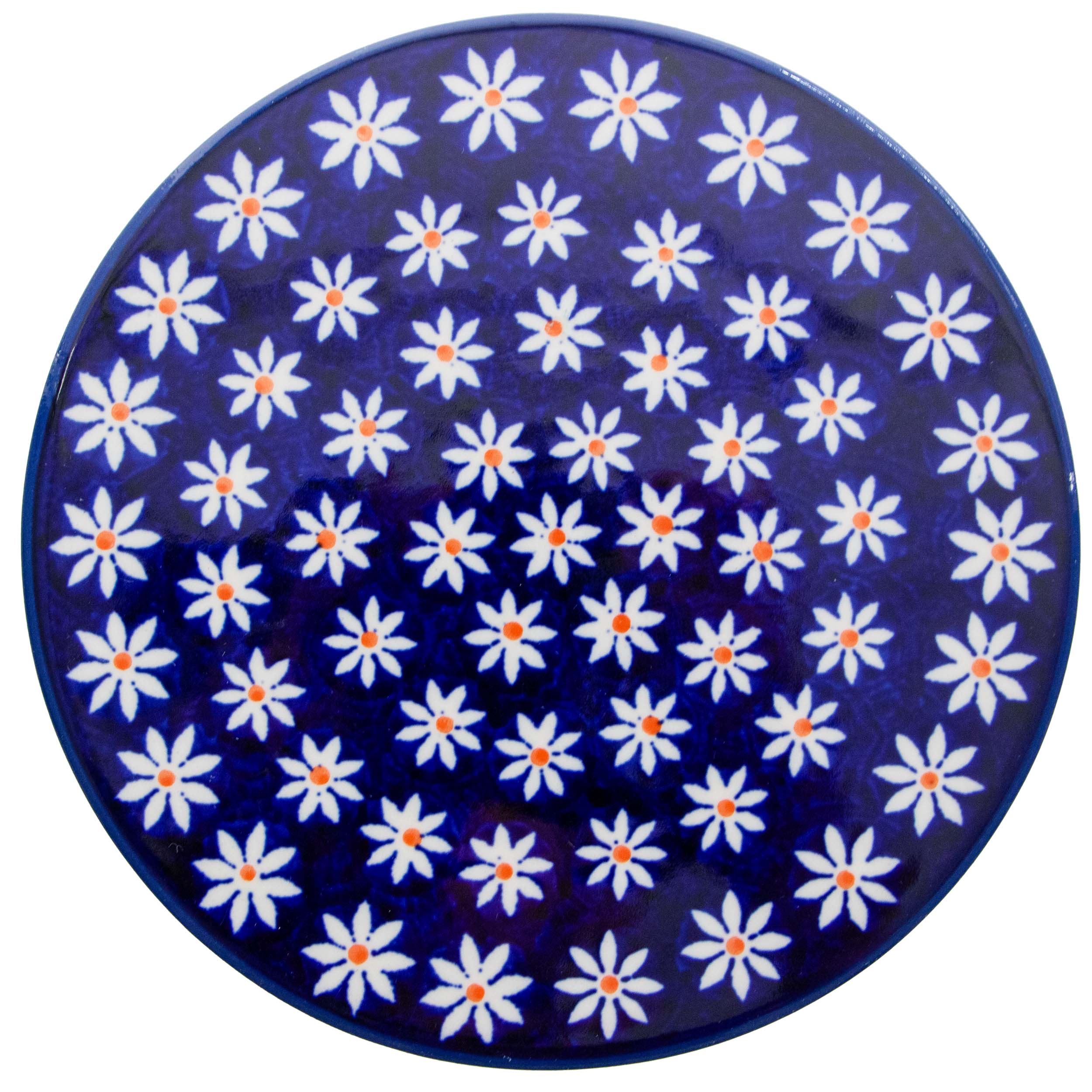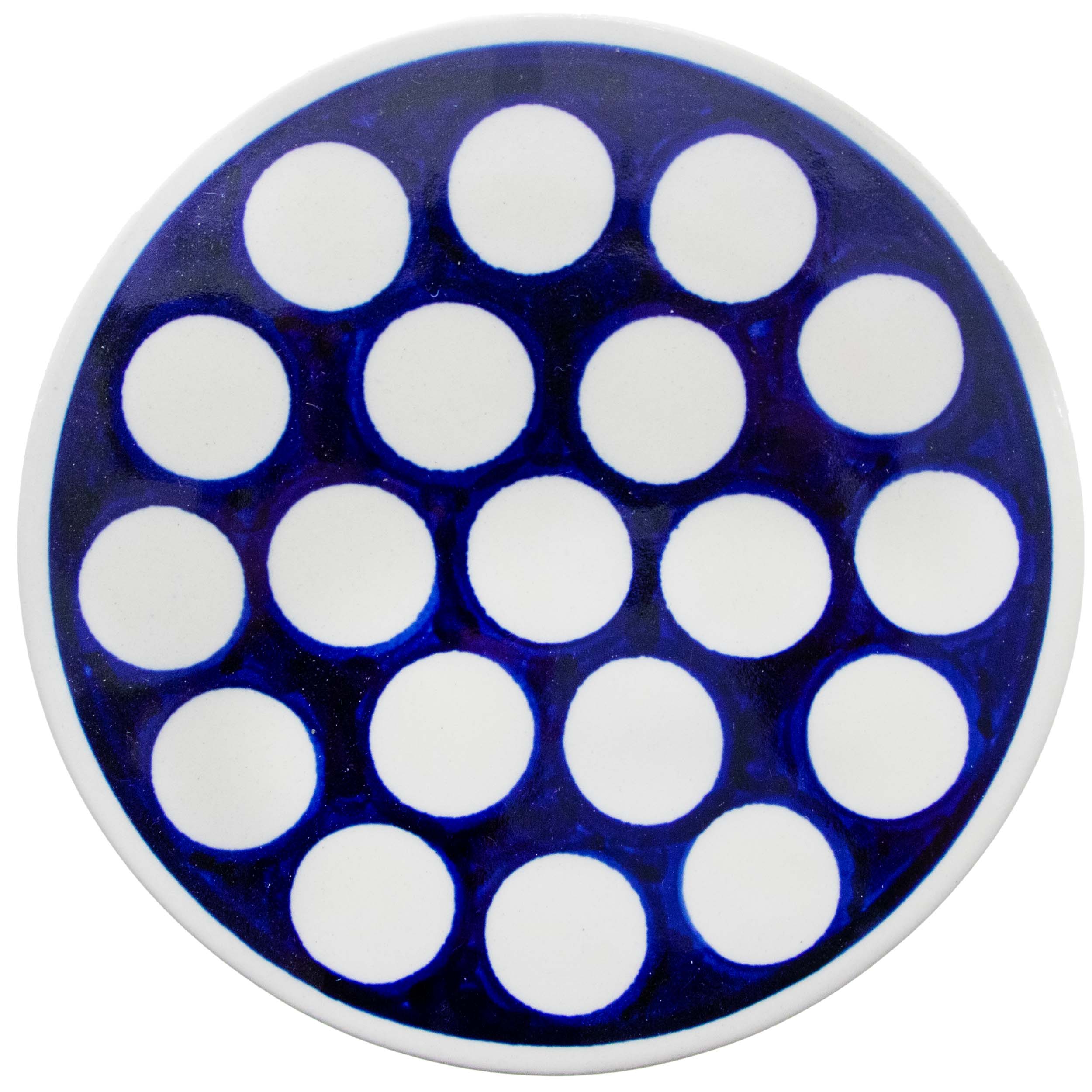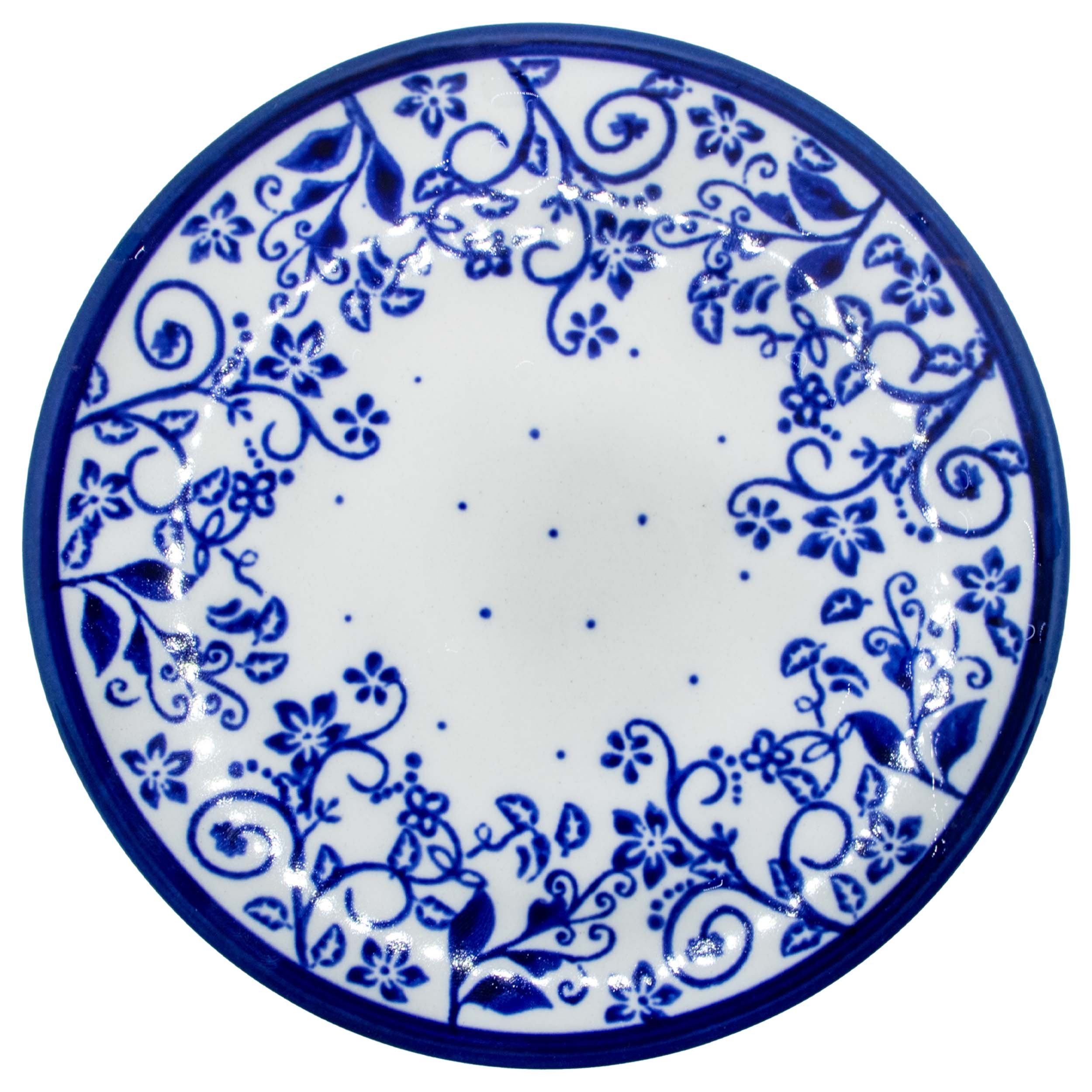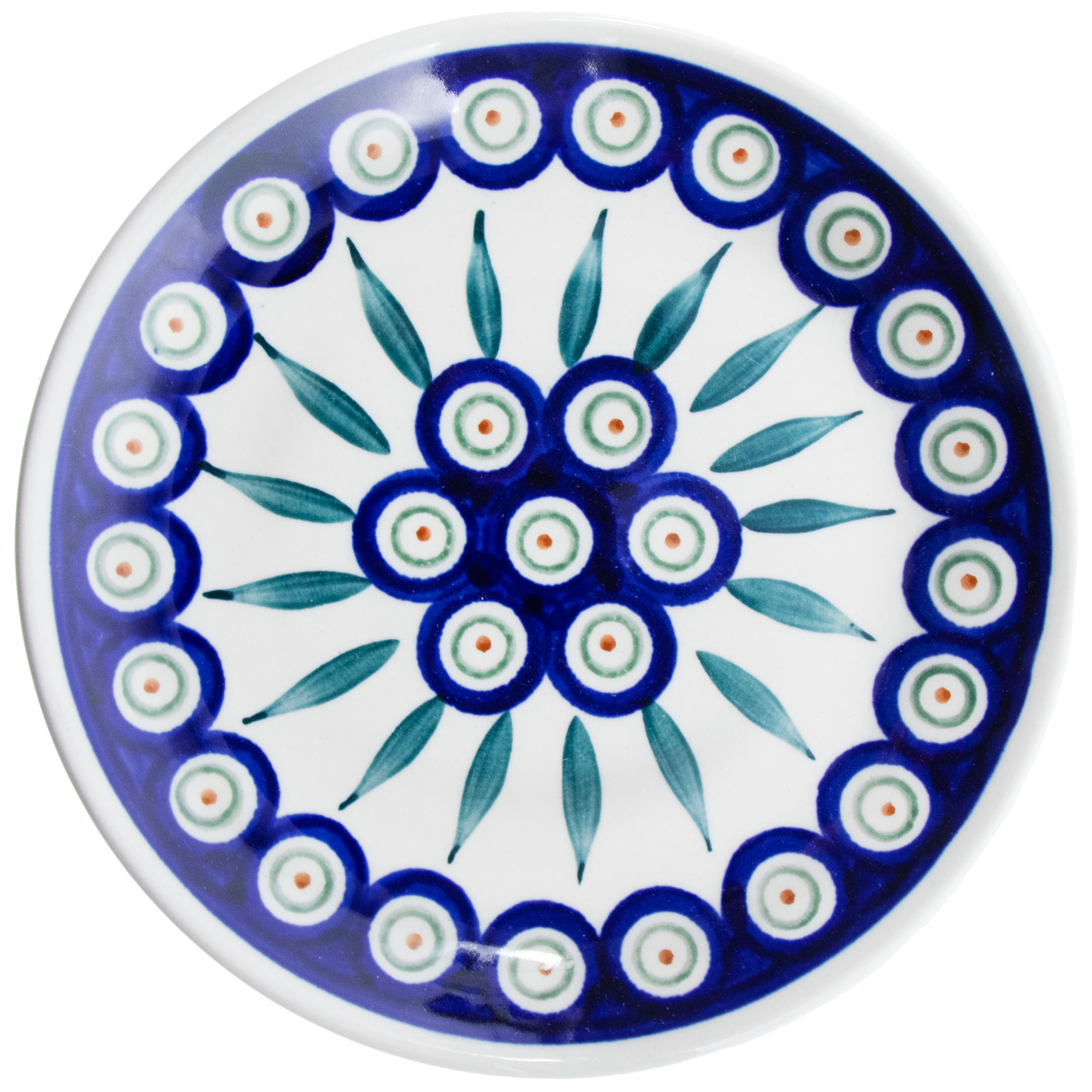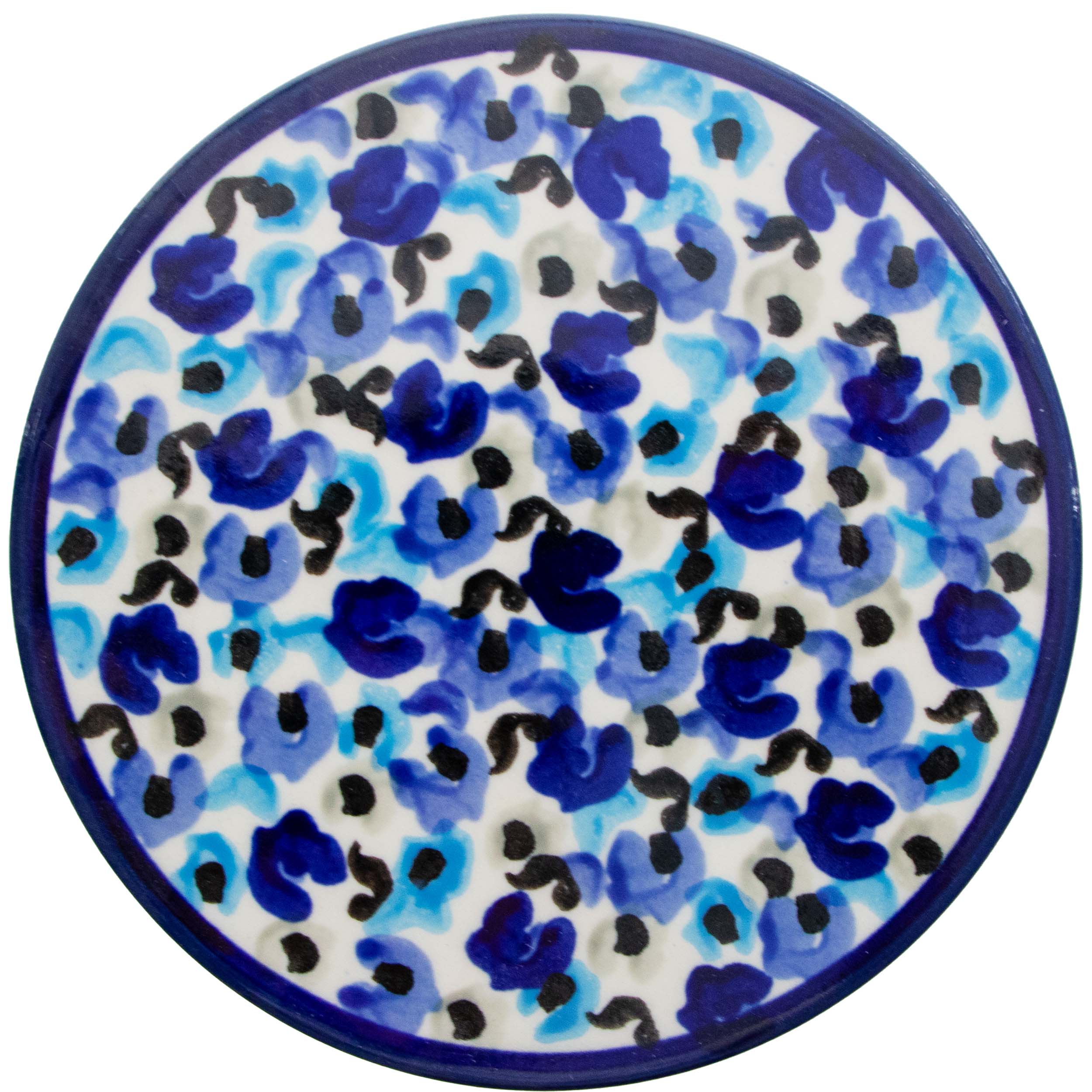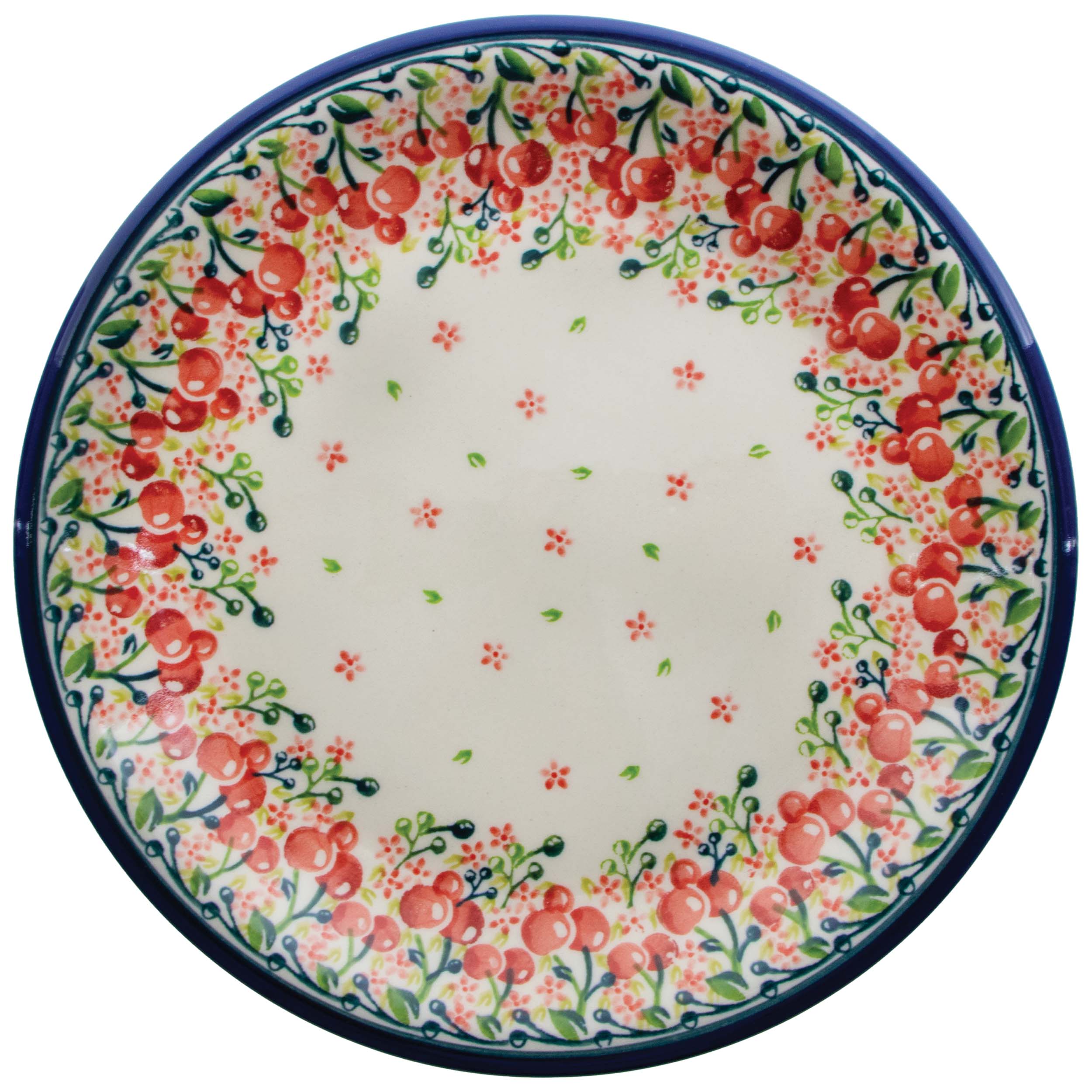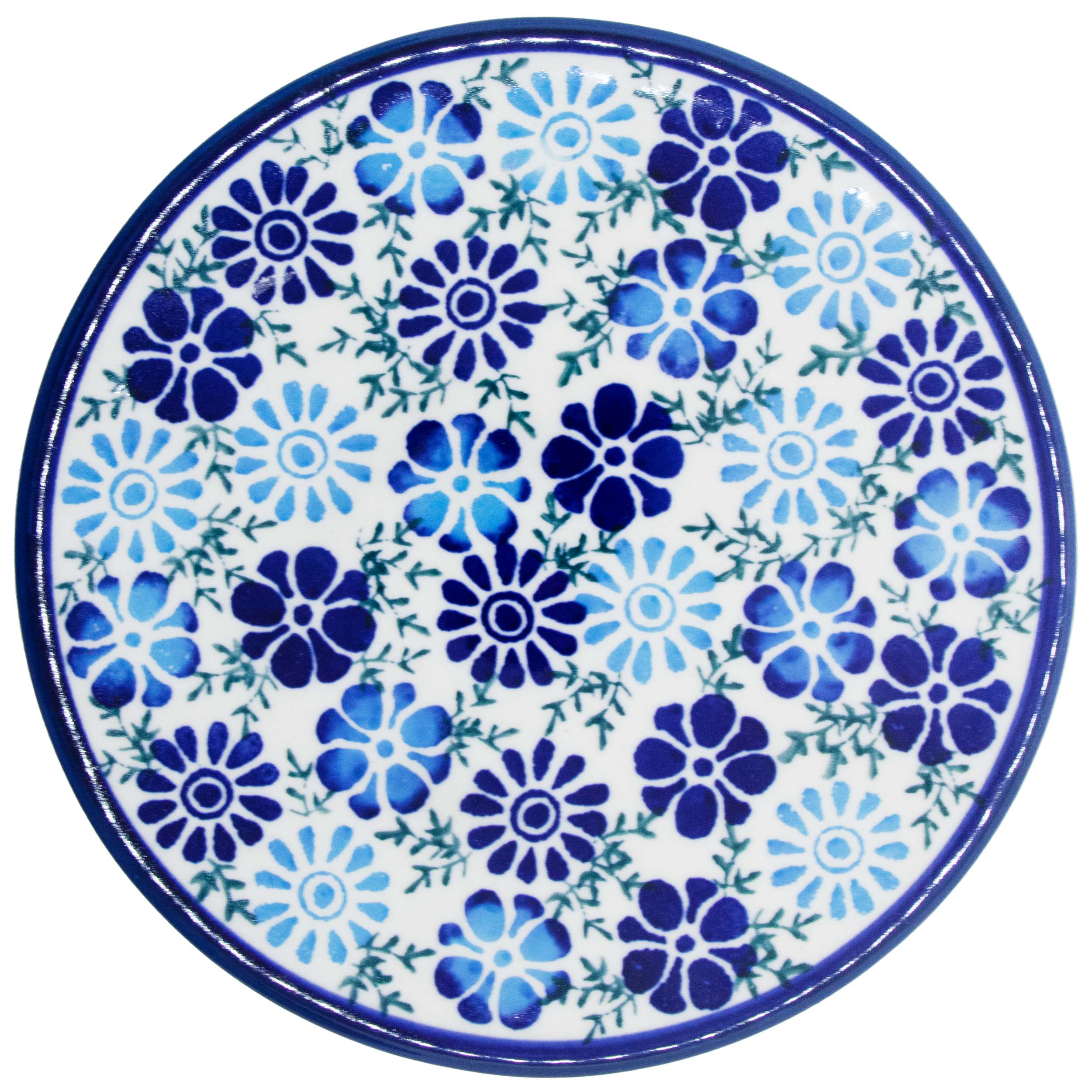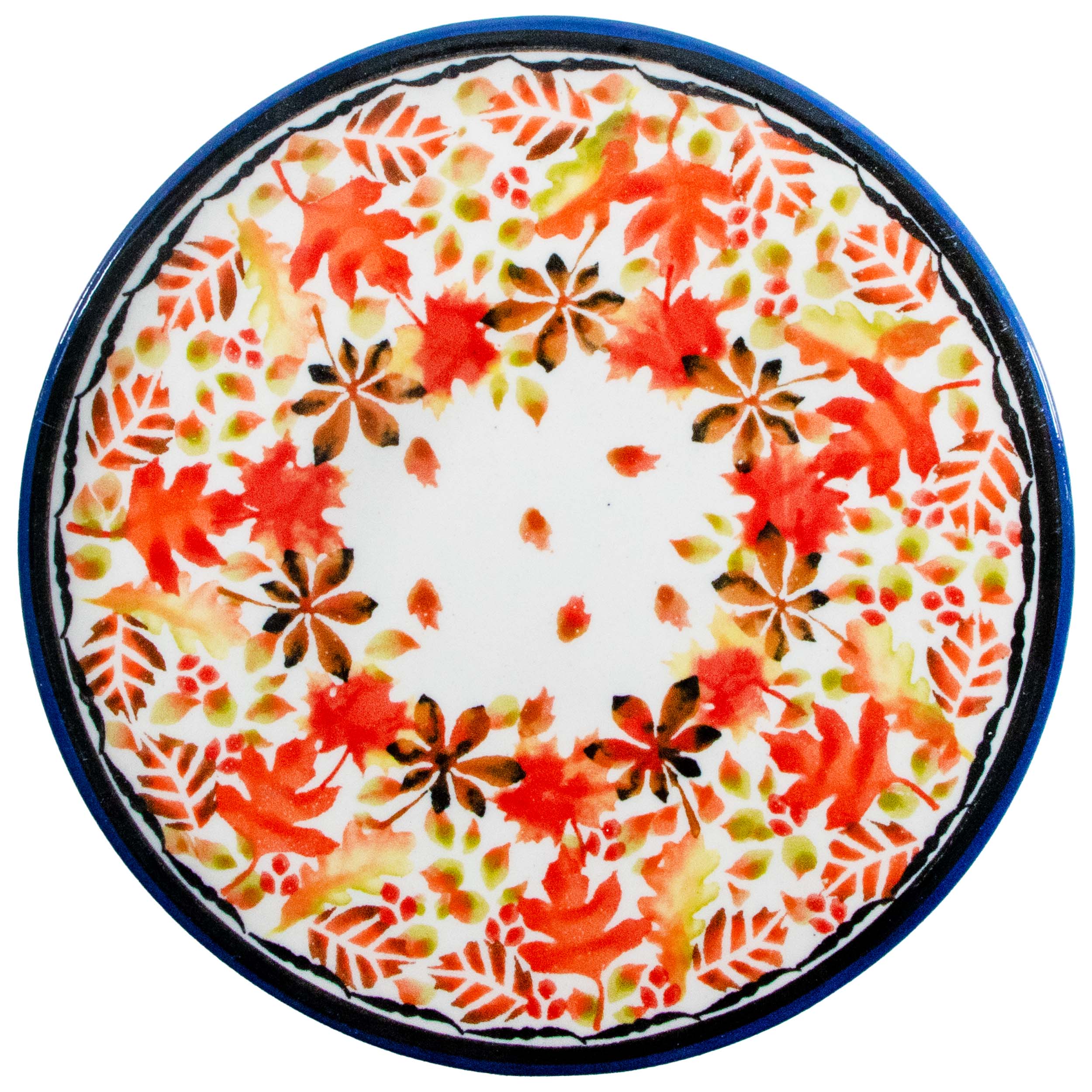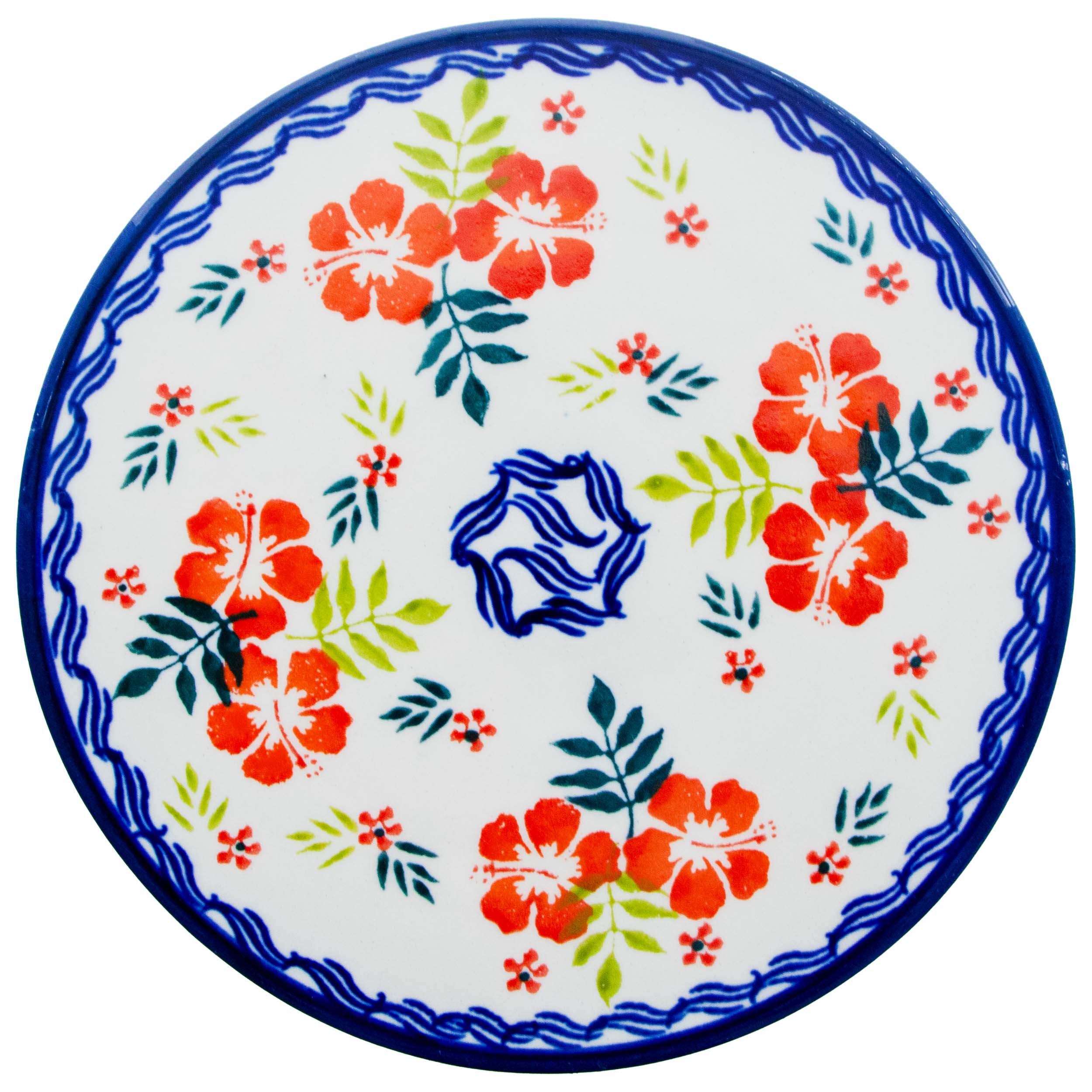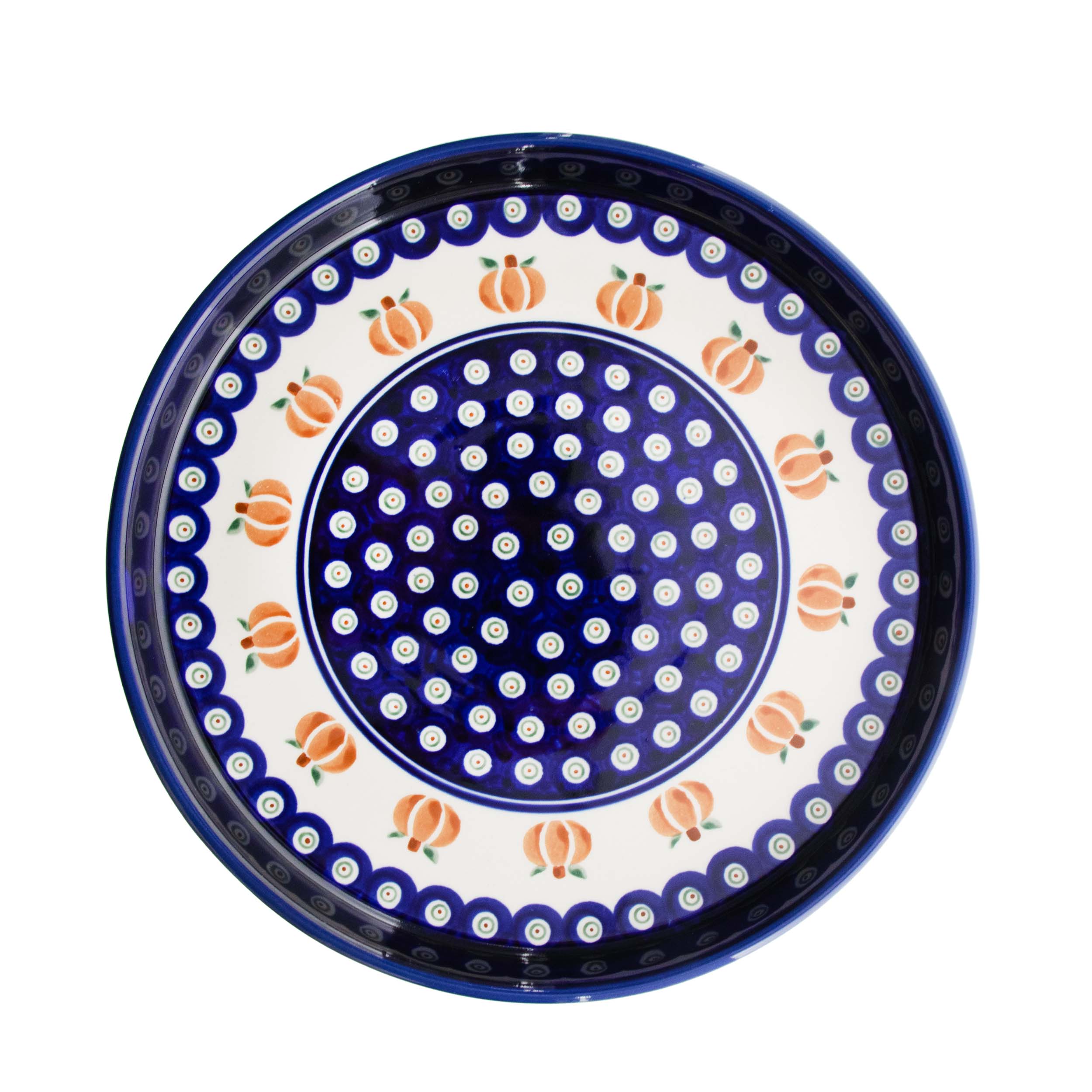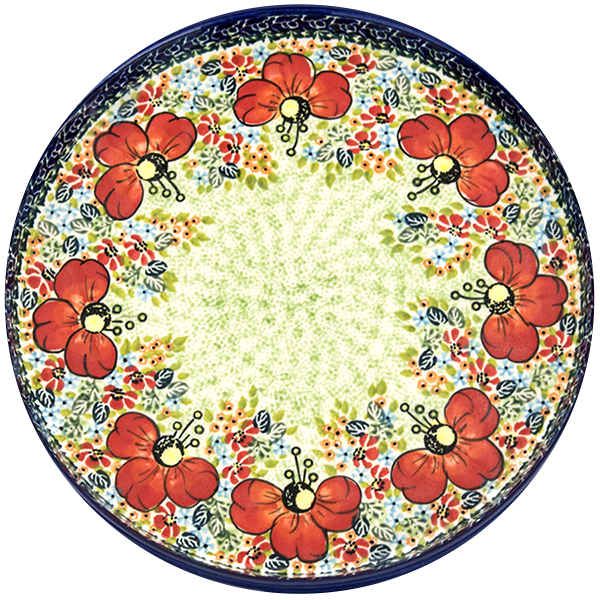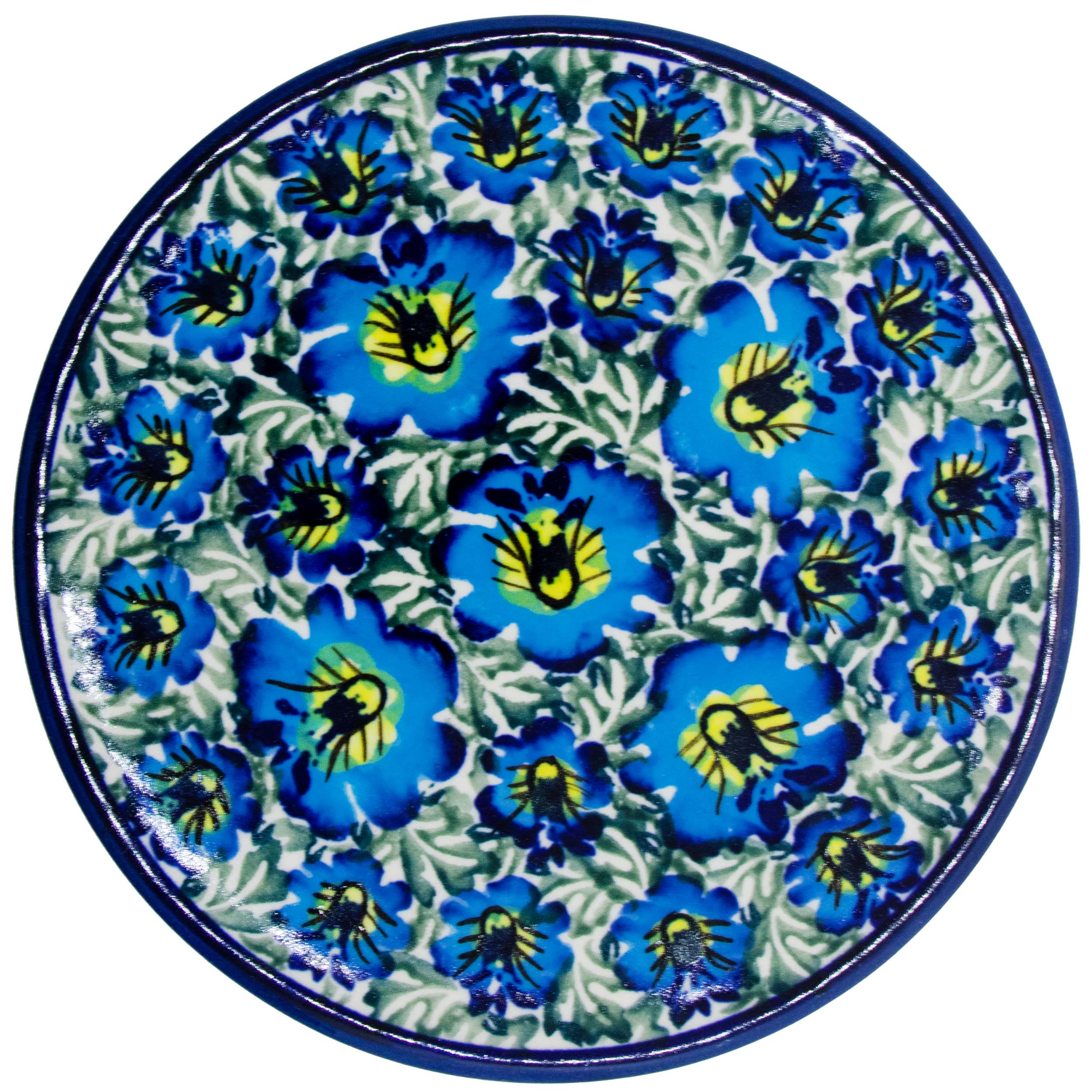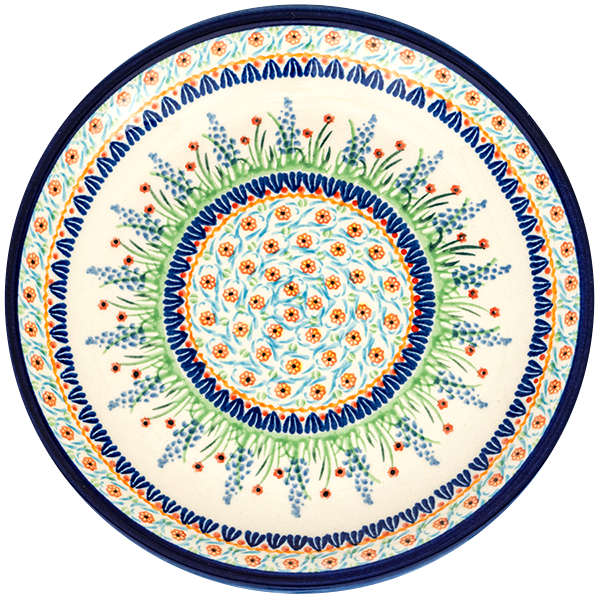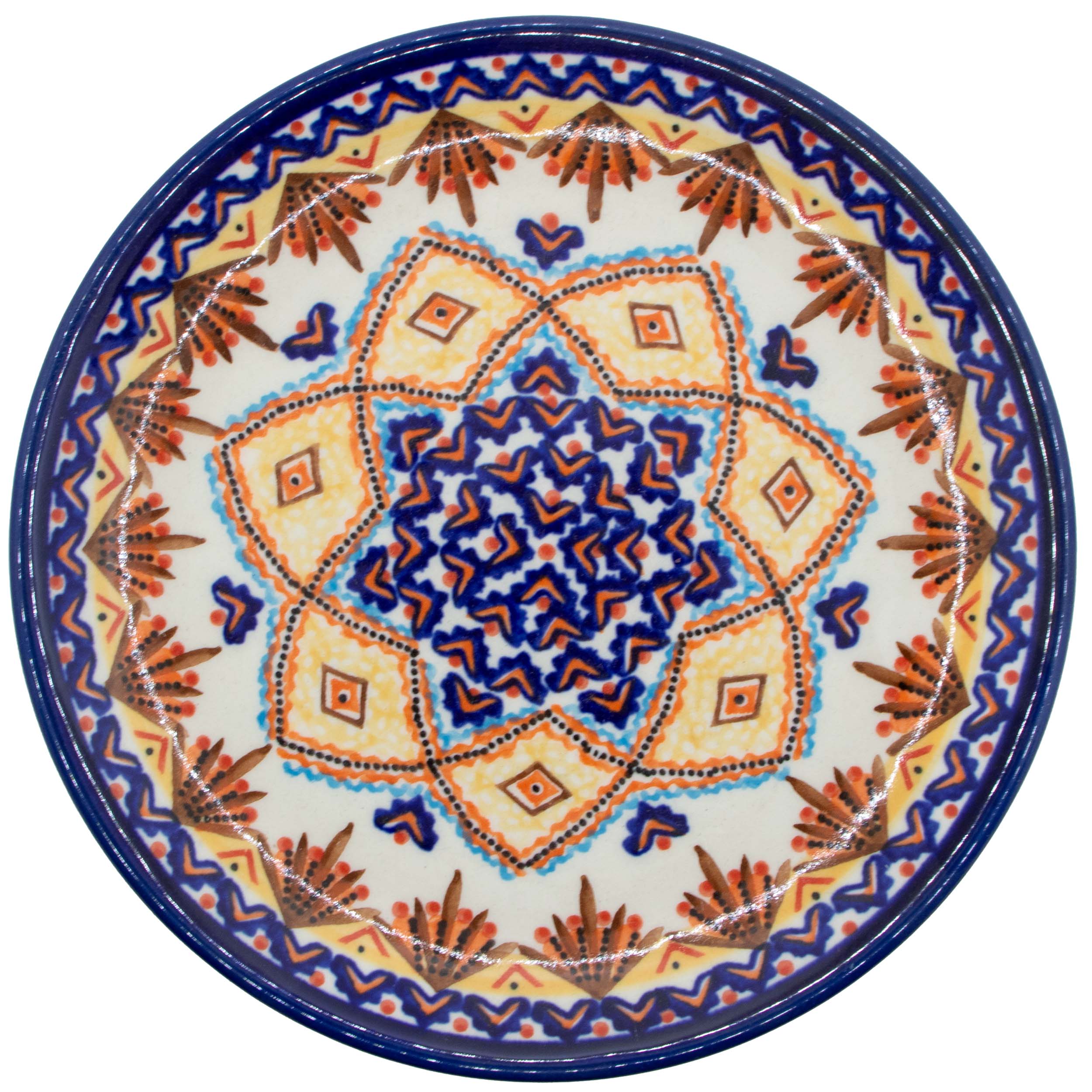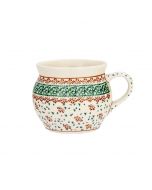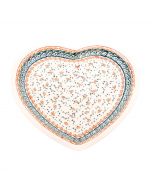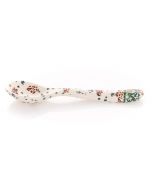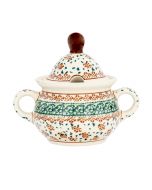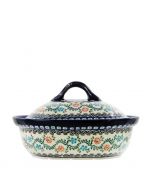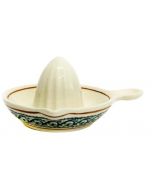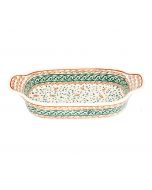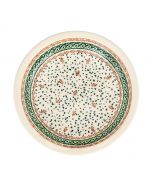Roasting pan small (V1,2L)
$47.47
In stock
Only 1 left
SKU
1156S1156P/D-1096/1
| Diameter [cm] | 0.00 |
|---|---|
| Length [cm] | 26.20 |
| Weight [kg] | 1.970 |
| Capacity [liter] | 1.30 |
| Height [cm] | 15.50 |
| Width [cm] | 21.60 |
Roasting pan small (V1,2L)• Ceramic roaster with a capacity of 1.2 litres.
• The roaster is designed for baking and heating both savoury and sweet dishes.
• The decorative character of the roaster means that it can also be used to serve food on the table.
• The roaster is suitable for baking at temperatures up to 280 degrees Celsius in traditional ovens, microwaves and for storing food in the fridge.
• The roaster is glazed and fired at a high temperature, which protects it and the decoration from damage.
• The corrugated bottom supports the heat treatment process.
• The roaster can be washed in the dishwasher, heated in the microwave and stored in the fridge.
• Thanks to the specific mass from which the roaster is made, it keeps the served food warm for a long time.
• The traditional shape of the roaster will find its place perfectly in a classically decorated kitchen; in a modern kitchen it will be an intriguing addition.
• Like the whole product range of Zakłady Ceramiczne "BOLESŁAWIEC", the roasters are also decorated manually with stamps and brushes, thanks to which each one is unique, and therefore minimal differences in decoration may occur between particular pieces within the same decorationD-1096 decorationThe pottery with this decoration are certainly not boring. Their colours refer to the traditional Bolesławiec decorations, in which we have cobalt, green and brown. However here it is not cobalt but brown that plays the first fiddle. There are lines in three shades of green and brown, lines in these colours running around the pottery. The whole is complemented by cobalt spots, in which it is difficult to see any order. The background resembles spotted birds' eggs. One can fall in love.
All decorations of the pottery manufactured in Zakłady Ceramiczne "BOLESŁAWIEC" are hand-made by artists using traditional methods - with stamps and brushes. After decorating and glazing, the pottery is subjected to a second firing at high temperature, thanks to which both the pottery and the decoration gain resistance to damage and colour change. Each hand-decorated item is unique, as slight differences in decoration are inevitable.




